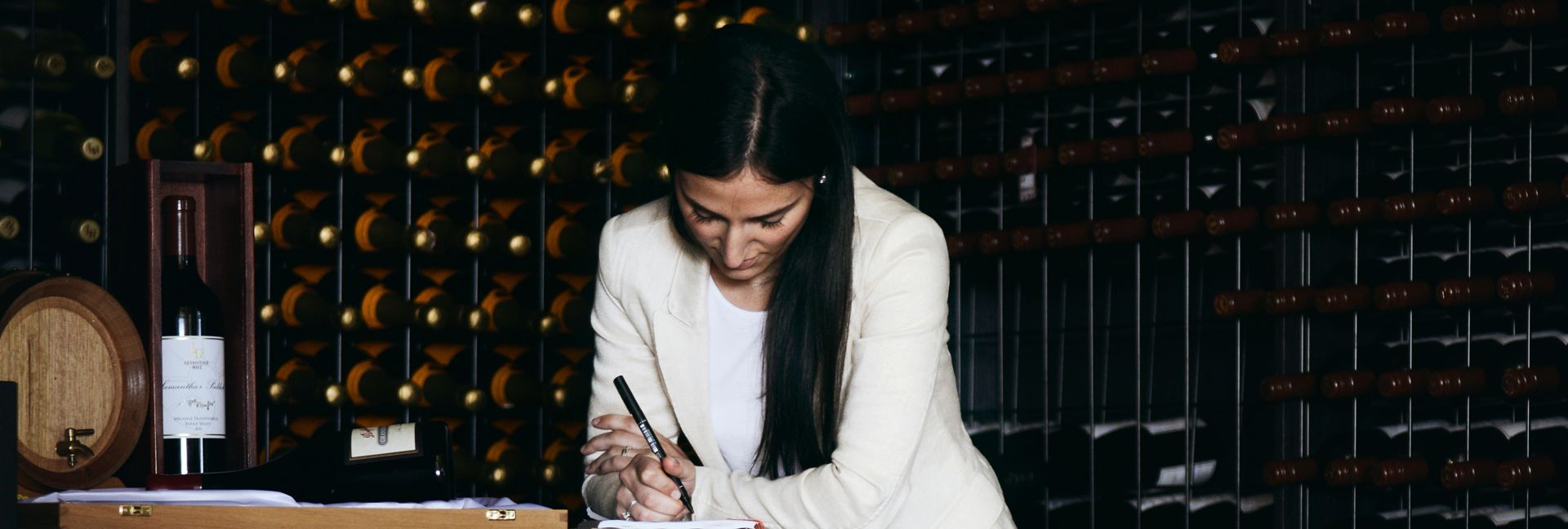When you purchase wine, an important decision to be made is whether you will drink it now or cellar it for later enjoyment. Some wines are made for drinking now, while others are made for cellaring and will improve over time, if given the opportunity.
The best way to think about wine is that it develops and ages on a bell curve. Your optimal drinking window is on the way up the curve, not the way down, and some wines have a steeper curve (shorter drinking window) than others. This bell curve also means that wines will eventually reach a point where they no longer improve with age, but their drinkability declines.
An ideal way to ascertain the cellaring potential of the wine is to ask the winery or check the winemaker’s tasting notes. When a wine is classed as a ‘drink now’ wine, that usually means to drink it within 2-3 years of its vintage.
If you have made the decision to cellar your wine, here are our top five tips to ensure you keep your wines safe and ageing under the right conditions for the future.
1. Temperature control
Wines need to be kept at a steady temperature, ideally between 12-15 degrees Celsius. If you do not have access to a home cellar or wine fridge, choose a place in your home with the least amount of temperature fluctuations over the course of the year. This also means ensuring that your wine is not stored in the direct line of the sun. If you see your collection growing into the future, you may want to investigate hiring dedicated offsite wine storage.
2. Position
If your wine is under cork, it should be stored laying down. This includes sparkling wine. If the wine is not laid down, the cork will dry out and allow oxygen to change the quality of the wine. You might even open a bottle of sparkling wine, only to find it has gone flat.
Bottles with a screw cap can be stored upright or laying down without compromising the quality of the wine.
If you are opening a bottle that has been laying down for a long period of time, your should stand it upright for about an hour before opening to allow sediment to fall to the bottom of the bottle.
3. Buy more than one
If you buy more than one bottle, you can open the wine at different stages of its maturity and determine when you think the remainder are best to drink based on your personal preferences. We recommend buying at least six bottles of each vintage.
4. Plan for the future
Stock your collection with a mix of drink now and long-term drinking wines that will age at different speeds. This will mean you always have something that is at its optimal drinking age ready to drink. If you are going to drink some bigger wines early, don’t forget to decant them first.
Whilst time will help a good wine become amazing, the quality of the wine should be evident upon its release. If the quality is not there upon release, it is unlikely that time will offer any assistance.
You may like to consider an app (such as Delectable, Vivino or CellarTracker) to help keep track of your collection, or put in a future calendar reminder for when you should be drinking the wine.
5. Don’t forget about white wine
It’s not just red wine that can benefit from ageing. Some white wines, including Chardonnay and Semillon can benefit from time. Our Katherine’s Paddock and Estate Chardonnay have a cellaring potential of 15 years!




